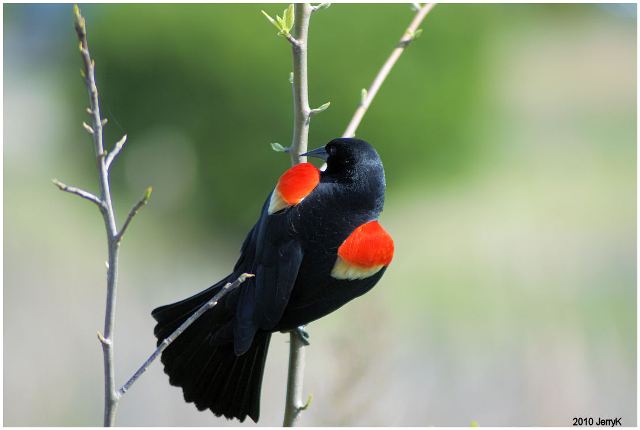


They bond extremely well with people, however, require that attention daily and once captured, cannot be released back into the wild. The Starling is as capable of learning language like a parrot like its relative, the Indian Hill Myna. Keeping some of the species as pets can be a different experience entirely for the right keeper. This may have contributed to the current findings of solutions for the overpopulation of the U.S. In Europe, however, the Starling population is declining! It's thought to have been caused by the change in land-use practices. Scientists continue to search for the perfect solution. With fewer nesting sites, they may even fight each other to death with their aggressive nesting behaviors. The suggested way of keeping the Starling population under control is to seal up potential nesting sites, mainly in homes and buildings, and scare them off by other means to make them feel unwelcome to return. The Starling is our friend in Spring when it eats harmful insects of the blossoming plant life.Studies suggest that killing the birds has little effect on their population, so more humane ways of dealing with them can bare good results.Although they are aggressive and beat out other populations of in hole-nesting birds, the overpopulation of Starling has little affected the populations of other birds.Few things are good signs about the birds The fact that their droppings provide the necessary nutrients for a harmful fungus to grow is unsettling to approximately 80% of human populations in contact with it in the Eastern and Central United States. There is even more to hate about the Starling, unfortunately. If things aren't going as planned or you have questions or concerns, your local wildlife rehabilitation specialist can help you. The noisy little hatchlings will alert the parents as to where they are. Removing the nest is also an option if there are hatchlings inside (but won't work if there are only eggs), but the nest will need to be placed within a jug and put somewhere for the parents to continue care for them until they all move on. If eggs or young hatchlings are present, you can leave the nest until the birds are able to move on before getting rid of the nest and sealing up the hole they came in through. Act immediately if you find an active nest in or around your home or property. They are capable of flying mid-air and opening the vent to enter it. Don't be surprised to find them nested inside the bathroom, stove, dryer vents or any vent with a door on it. It's here where prevention can begin because Starlings will nest in the same place year after year, you can be sure to get rid of anything that poses a potential home for them. They will nest in human-provided things if they feel they are adequate. Starlings can create a nest in 2-3 days and only nest within cavities.


 0 kommentar(er)
0 kommentar(er)
